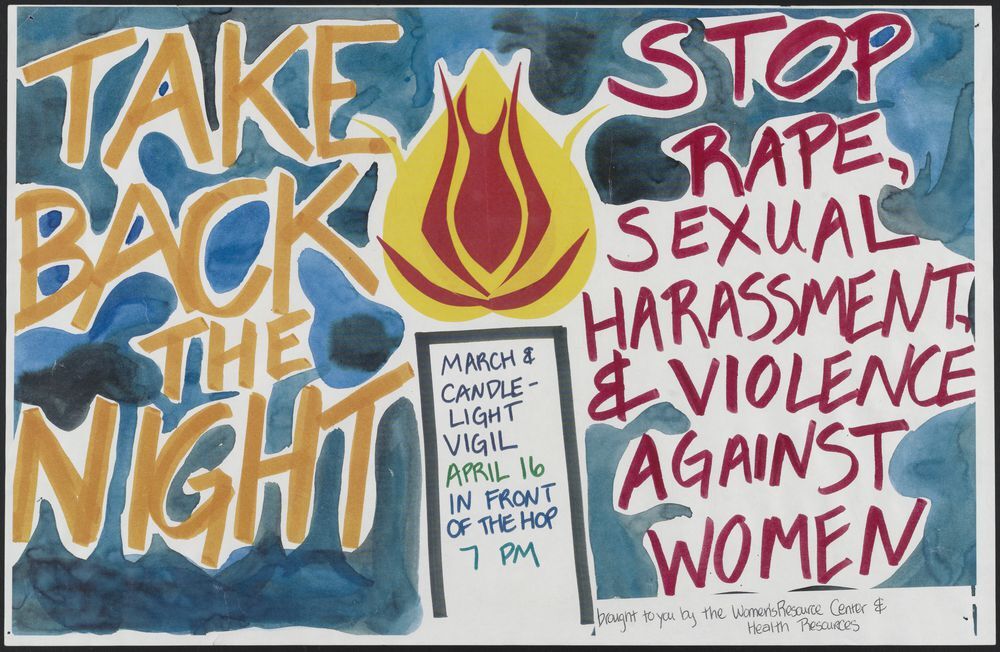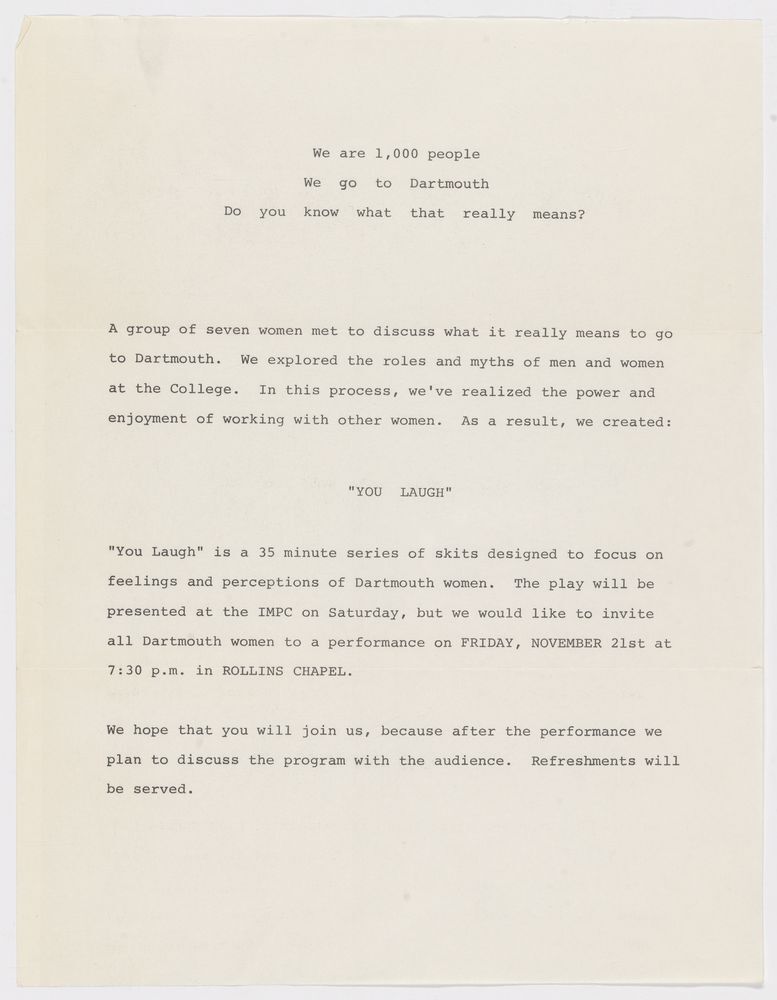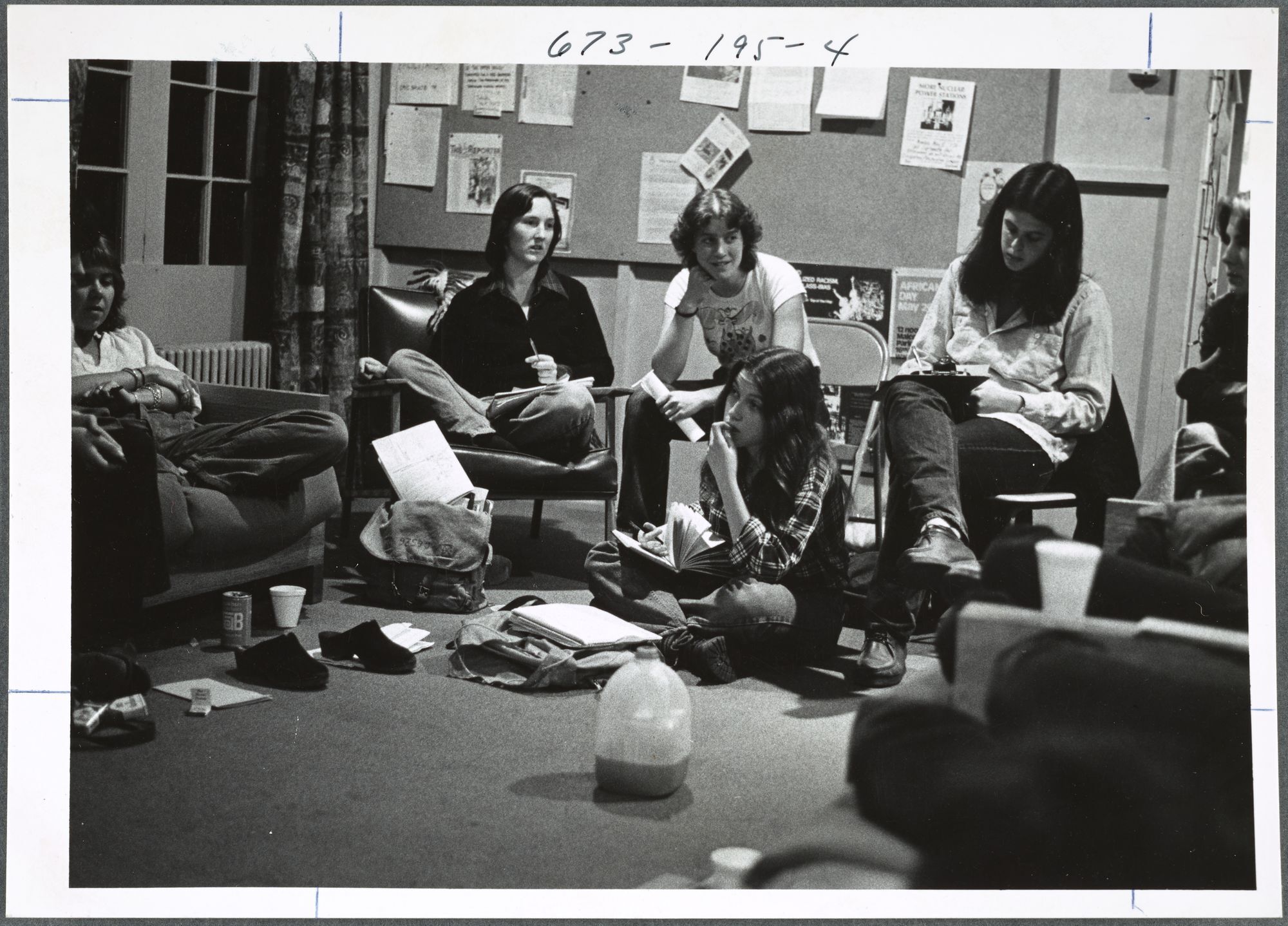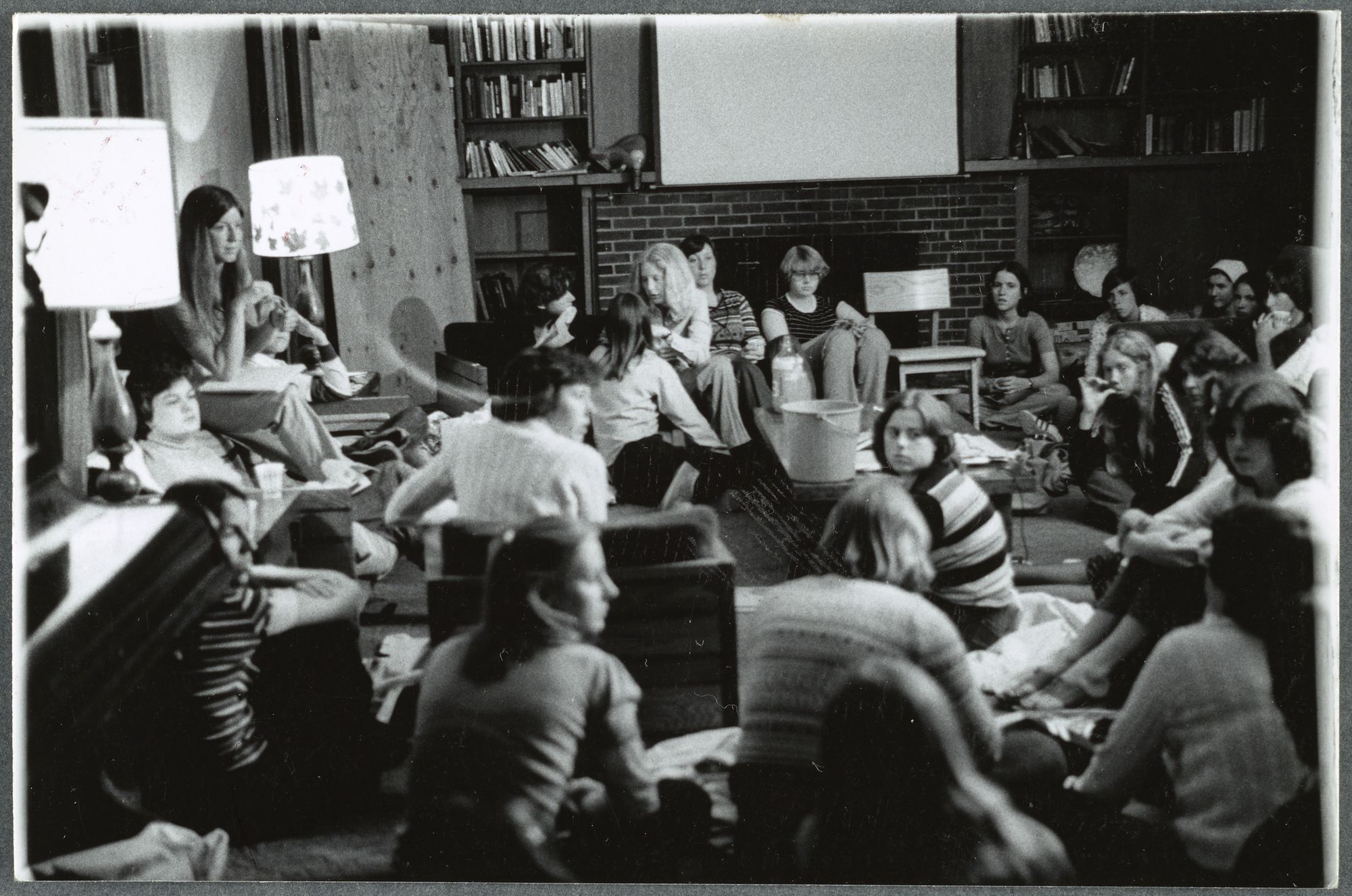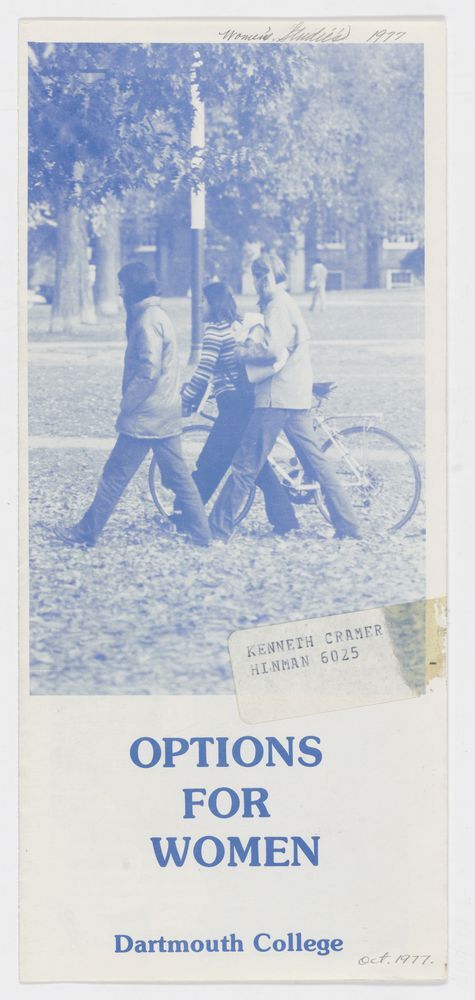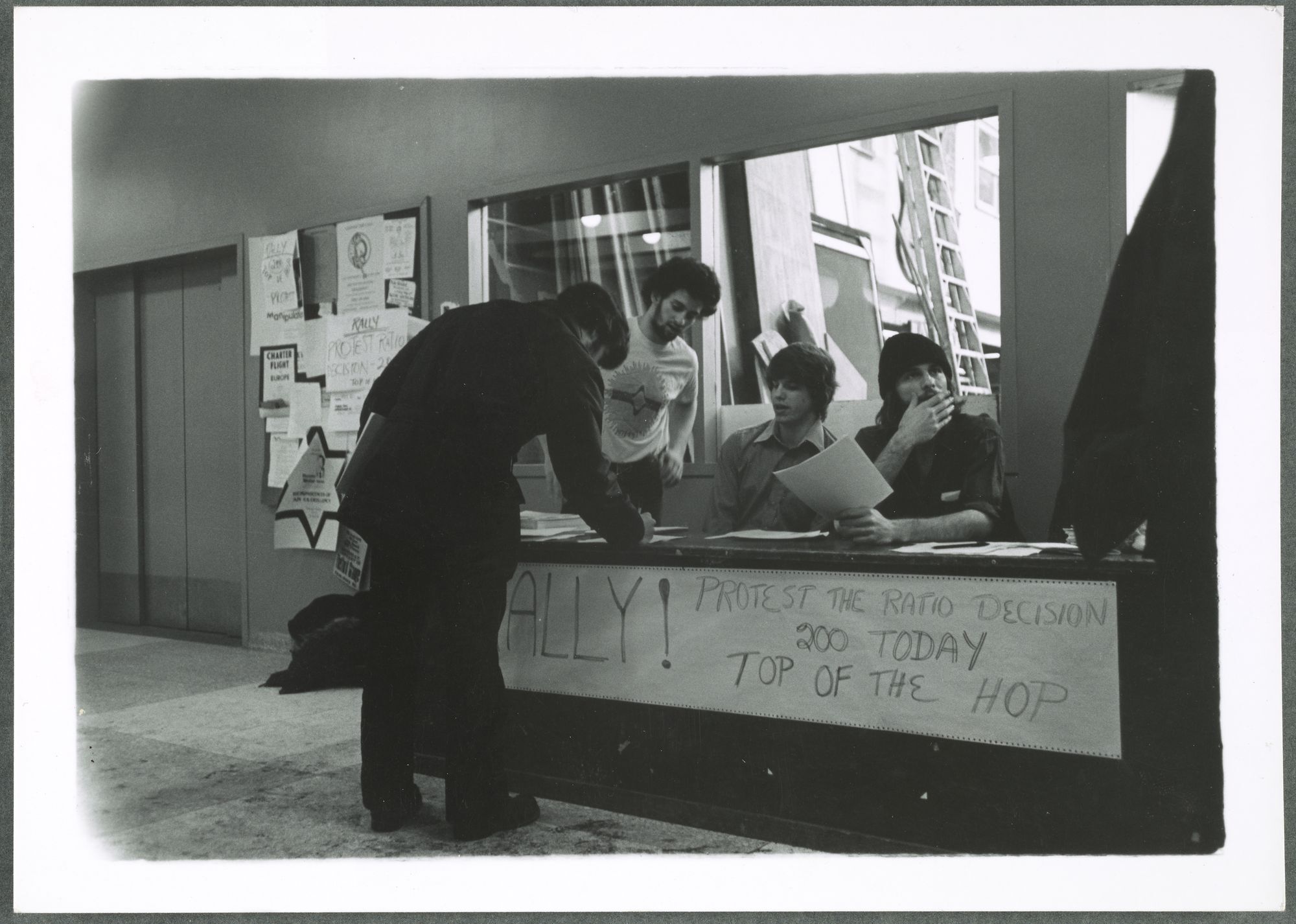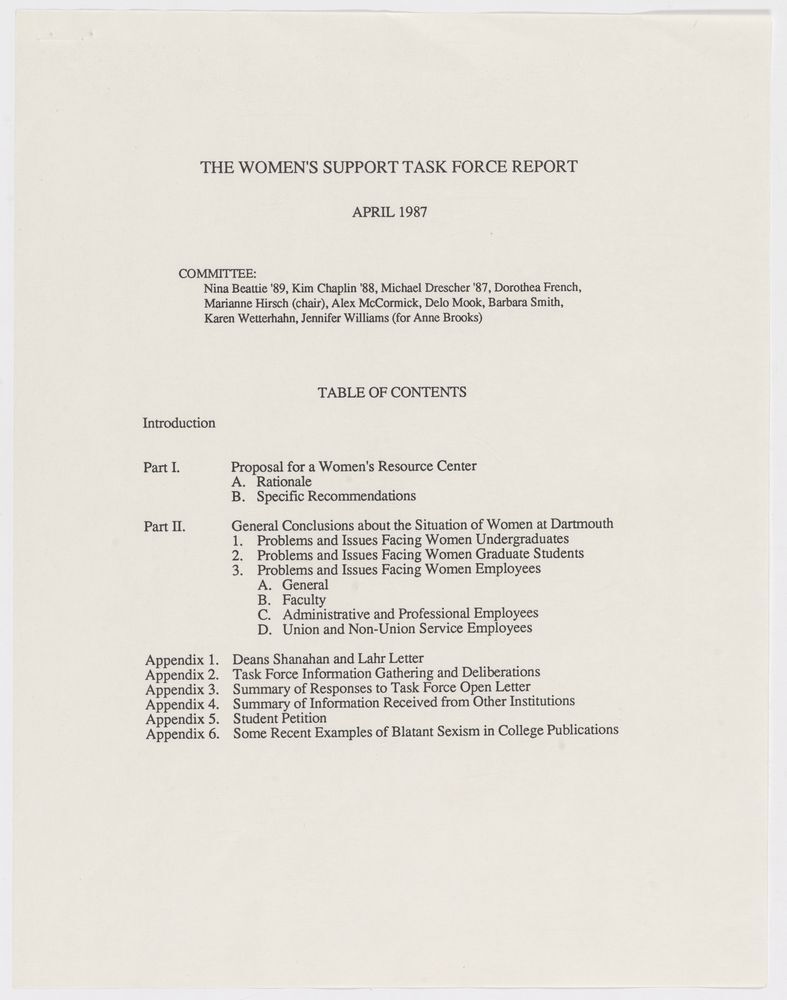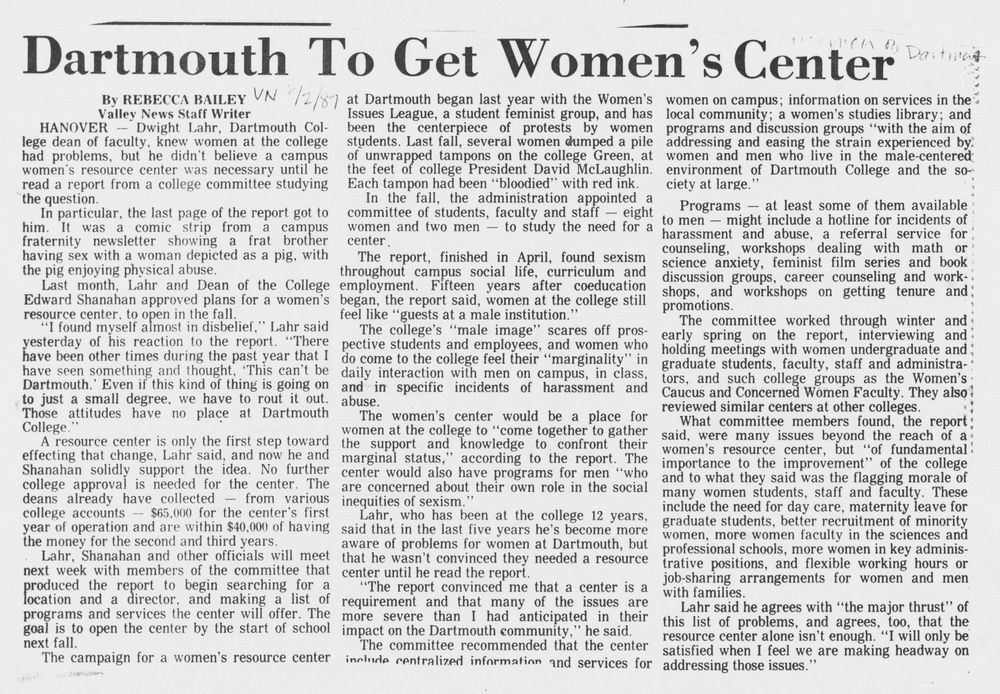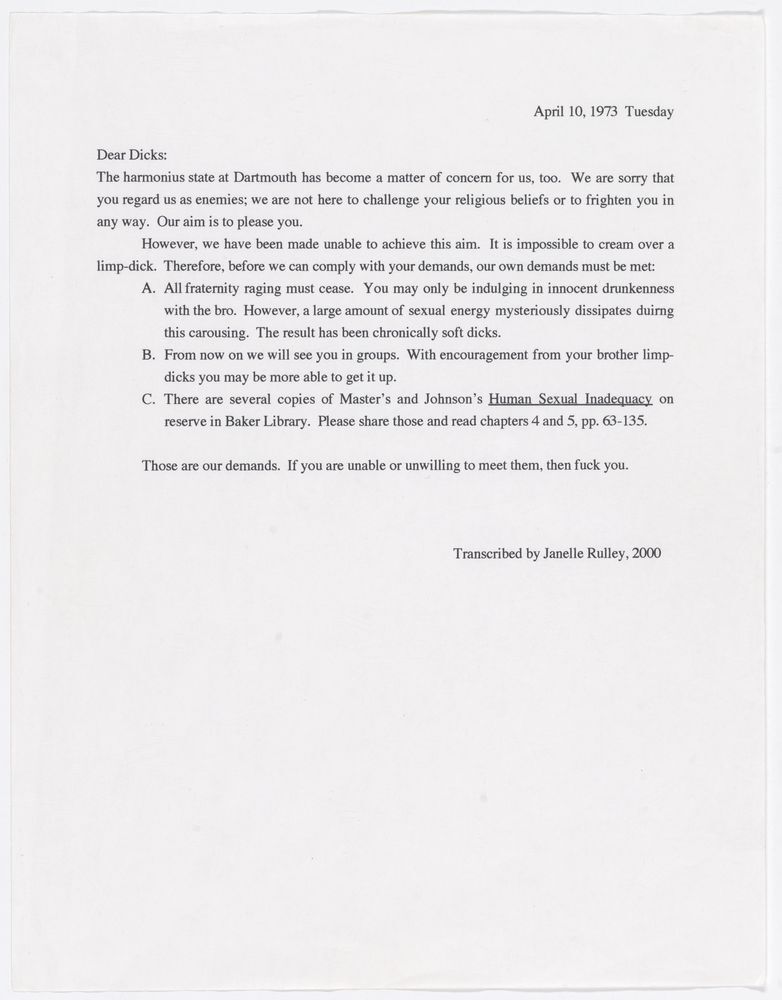Movements Toward Equality – Responses to Backlash
Dartmouth women navigated a culture and infrastructure that had been exclusively male for 200 years. Along with the optimism and excitement that met this historic change, these women also faced a negative backlash from a vocal minority of the student body. Women’s resistance to the backlash took on many forms. They led protests, held rallies, and even created and performed a theatrical work that called for inclusivity, cultural change, and awareness of issues faced by women on campus. They achieved all this by creating organizations and programs specific to women to fill gaps in the all-male campus culture and traditions.
Previous: “Alice in Wonderland” -- Next: Changing the Culture – Creating New Traditions

